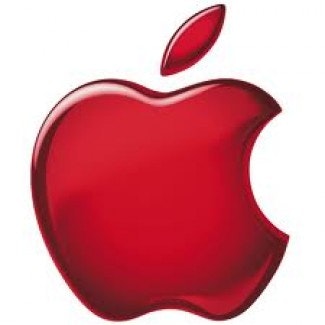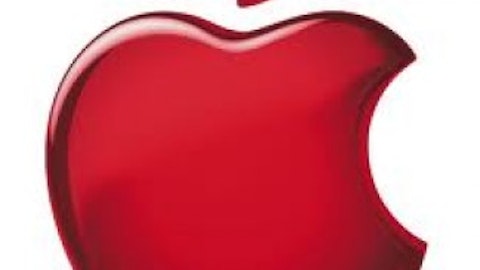
It’s time to rethink the idea of “value,” contemplating a whole different proposition of positive actions and solid returns. Let’s consider values investing.
These are not bargains
Given Best Buy Co., Inc. (NYSE:BBY)‘s year-to-date stock price recovery, many investors have considered it a proverbial beaten-down value stock and bought in. However, when such companies struggle to regain competitive advantage, how much good can they do in the world around them?
So far, there’s no real sign that an actual turnaround at Best Buy Co., Inc. (NYSE:BBY) is forthcoming, despite the mind-boggling 170% increase in its year-to-date stock price.
Best Buy Co., Inc. (NYSE:BBY)’s making some promising moves. For example, the retailer recently nabbed NCR executive Christopher Askew to head up and spiff up Best Buy Co., Inc. (NYSE:BBY)’s Geek Squad service. While that human touch is a sensible idea to bring back competitive advantage from threats like Amazon.com, Inc. (NASDAQ:AMZN), whether initiatives like these will work after the brand’s beating is not a foregone conclusion.
I propose a different kind of “value investing.” Let’s consider values investing.
Surprise: The price may be right
Many investors shy away from certain premium-priced stocks because these seem like the polar opposite of the traditional idea of “value.”
There’s another way to look at such “special situations,” though. Many supposedly premium-priced stocks have values going for them. This often lends a tremendous amount of competitive advantage, not to mention goodwill, which is literally included on a company’s balance sheet as an intangible asset.
Sometimes “intangible” assets like good employee relations, amazing brands, and initiatives that help the world are the best and most overlooked sources of value a company has.
Amazon.com, Inc. (NASDAQ:AMZN)’s often considered a recklessly overvalued spendthrift. However, as the future unfolds, it’s likely we’ll realize that the company’s huge growth was difficult to predict — and much larger than anyone imagined. It’s an innovative company, and it touches lives in many more ways than people think.
Recent news that Amazon.com, Inc. (NASDAQ:AMZN) will hire 5,000 employees with competitive pay and benefits as well as 2,000 additional part-time workers is an amazing boon to an economy in which many people are struggling. Instead of cost-cutting through a mass layoff, Amazon.com, Inc. (NASDAQ:AMZN) is investing in a mass hiring. We need more companies to do that instead of obsessing over short-term profitability while sitting on their hoarded cash.
Giving back to the economy
Plenty of companies have initiatives that are more growth-oriented than sad or even destructive.





